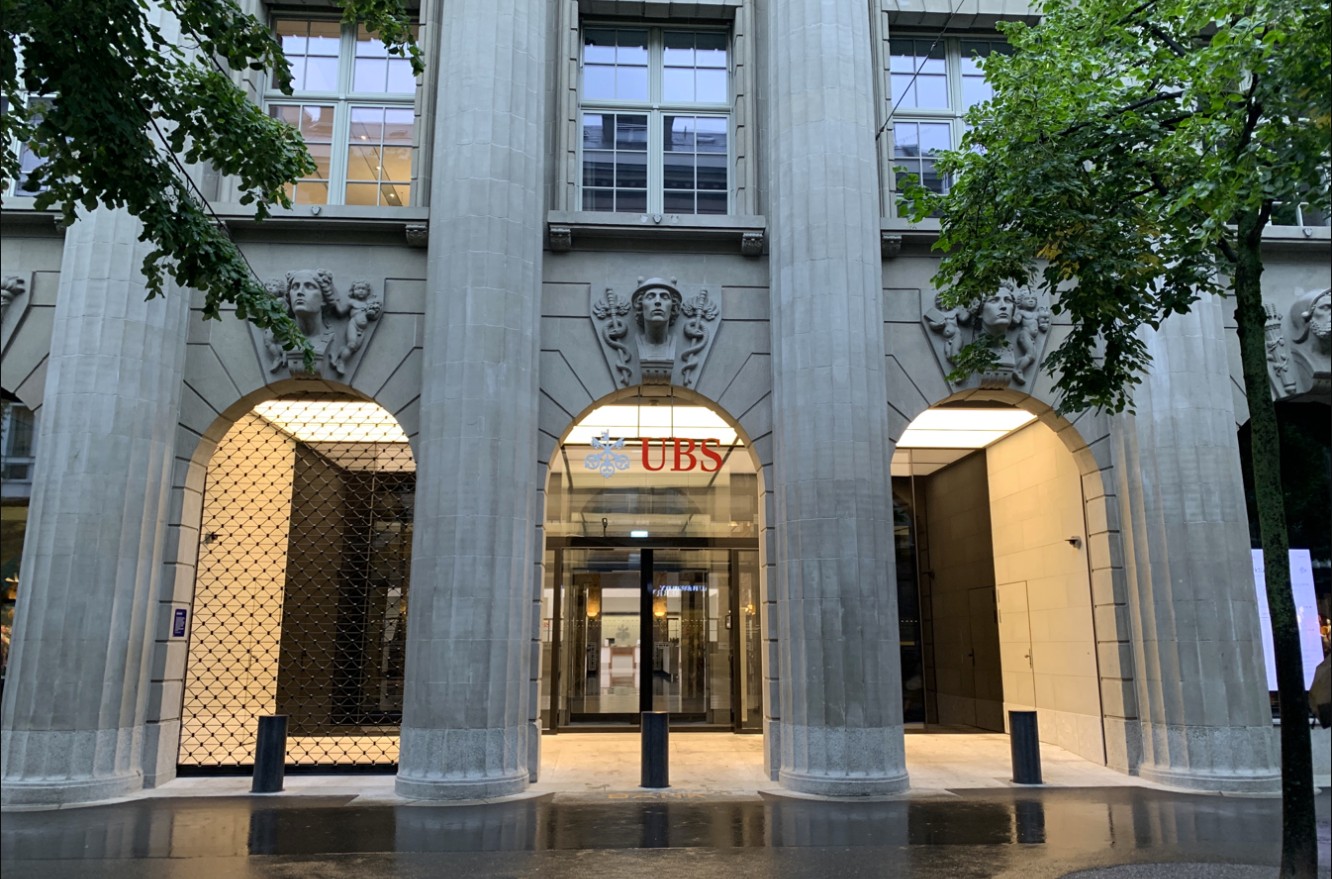
Introducing cultural capital add-ons for banks? Bring it on

Keith Mullin
35 years: Capital markets editorial
Supervisors need to build a formal toolkit to address non-quantitative issues like culture and business models

As ECB-supervised banks get to work on their latest Supervisory Review and Evaluation Process (SREP) notifications, there are louder and louder calls from industry stakeholders (not from the banks themselves, unsurprisingly) for supervisors to move beyond quantitative metrics to assess business models and internal governance to focus more squarely on some “softer” banking topics too. I’m all for it.
European Central Bank supervisors are working as we speak on their guide to banking governance and risk culture. It’s not scheduled, alas, to be published until the end of 2024. Which is a long time for the EU banking system’s principal supervisor to present its findings and lay out a way forward on a topic that has long been on the banking supervisory agenda but one that has moved a lot higher recently, since SVB and Credit Suisse went belly up.
It’s easy to discount supervisory engagement with culture and governance as interventionist, interfering and unnecessary. Until relatively recently, I’d long believed that supervisors should stay out. After all, culture, governance, strategy and business model are matters for boards, C-suite executives and shareholders, right, so in principle should have little to do with regulators or supervisors.
Change of perspective
But as policymakers, regulators and supervisors strive to render the financial system safe, stable and sustainable over a sustained period in a changing, ever-uncertain, fast-digitalizing world, I’ve changed my perspective. About the extent to which supervisors should not just have an opinion on the “softer” matters of banks and banking but should actually steer culture through advice, guidance, recommendations and formal diktat, hence by extension have a hand in directing the business models to which those cultures give rise.
The ignominious, slow decline and ultimate disintegration of Credit Suisse was the one event above all since before the global financial crisis that pushed a lot of people – me included – to the other side of that supervisory interference vs non-interference line, following its years of mismanagement and well-rehearsed but still-depressing litany of mishaps and misadventures. The bank’s culture had degraded to such an extent that there were increasingly loud calls throughout the financial sector for action to be taken long before the bank imploded, to which I became increasingly sympathetic.
Cultural toolkit
I believe that supervisors need to build a formal toolkit to get a handle on non-quantitative issues like culture and business model. Just like they’ve done on climate and sustainability. And not just big banks that can endanger financial stability but across the broad banking sector. This narrative plays into the rather amorphous topic of how culture, governance and business model interact. It’s a topic that Frank Elderson, member of the ECB’s executive board and vice-chair of its supervisory board, has developed a track record. He’s spoken about the interplay of culture and supervision with helpful insights.
In a widely commented on speech that got into why supervisors need to have a formal handle on banking culture earlier this year, Elderson described culture as the DNA of how a bank functions and how it manages risks; as the collective mindset and shared set of values that shape the everyday behaviour of a bank’s employees.
Those definitions gave some clues as to why bank supervisors need to take an interventionist stance. For me, the killer punch that should open the door to supervisors is because culture drives behaviour. Hence, poor culture can lead to bad behaviour. And that’s a topic of direct supervisory interest. Even as corporate and investment banks broadly move away from being highly-leveraged, reckless risk-seekers to become risk-averse financial utilities more than happy to let high-risk financing and position-taking shift into the institutional and private capital arenas.

Behaviour, Elderson said, is the directly observable, tangible manifestation of culture; the product of the collective ethos, the sum total of attitudes, norms and practices embraced by the denizens of the banks.
The behaviour and culture of banks already form an important part of supervisory assessment (including SREP) but this is more challenging than assessing quantitative metrics. “While balance sheets are often scrutinized with a hawk’s eye, it is often culture that whispers the first signs of trouble,” Elderson said earlier this year.
“Culture is often the invisible hand that nudges employees towards either prudent risk management or reckless behaviour. It is the undercurrent that determines whether compliance considerations are seen as mere adornments or as important guiding principles,” he continued.
“An imprudent culture can propel institutions towards crises that reverberate through financial history. Behaviour is the tell-tale sign of whether a bank is primed for prudent risk management or careening toward recklessness. Culture shapes behaviour, and behaviour, in turn, shapes the destiny of financial institutions.”
Next steps?
I’ve sat on those and other comments on the topic for some time, figuring out a comfortable perspective while seeking at the same time to understand what supervisors can actually do to steer formless topics like culture and behaviour into safe supervisory waters.
Attending board or committee meetings to ensure members haven’t succumbed to groupthink and focus properly on relevant topics; evaluating matters in hand against core governance values and principles (including around risk). Sure, these can be useful tools if they enable supervisors to get a flavour of the dynamics of internal communication and interaction. But attending showpiece meetings at which people are on their best behaviour won’t cut it.
Other features mentioned by Elderson included indicators to score and further break down risk culture, incorporating insights of organizational psychologists into behavioural assessments, and mandating banks to actively manage the risk of certain corporate cultures.
Introducing capital overlays as part of formal Pillar 2 requirements under SREP, where banks are charged individually under a more formal set of mandatory cultural risk-assessment factors, is one way to force management to walk the talk on governance and prevent poor culture and cultural leadership driving bad behaviour. I say, bring it on.
Originally published in The Asset.

Keith Mullin
Share "Introducing cultural capital add-ons for banks? Bring it on" on
Latest Insights

UBS and Switzerland: Capital hikes are not the right tool for the job
15th October 2025 • Prasad Gollakota

Trade deals & trade wars: The regional impact
23rd May 2025 • Adrian Pabst and Eliza da Silva Gomes

Unpacking the truth behind U.S. Treasury market volatility
17th April 2025 • Prasad Gollakota




























